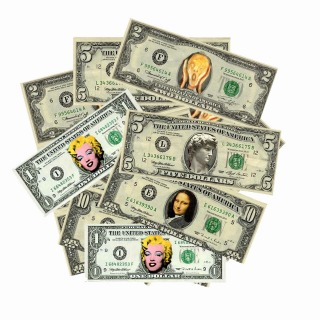Right before Christmas, Skate’s released its annual art investment report, and everyone interested in the future of museums will want to read it.
Skate’s calculates that the total of art trading worldwide grew close to $80 billion last year — that’s about the same as it was in 2006-2007, before the economic meltdown. Startlingly, Skate’s said, the auction houses sold more than 2,000 lots for $1 million or more, and Skate’s figures that dealers made a similar number of 7-figure (or more) sales in their galleries and during art fairs.
 That’s because, as the report begins,
That’s because, as the report begins,
The concept of art as an investment has emerged from something viewed as vulgar and inappropriate less than ten years ago to the mantra of the art trade today. It is a concept that has helped to drum up demand for works in the midst of economic turmoil and garner the attention of new buyers, thus expanding the addressable market for art dealers and auction houses.
And now, Skate’s says, the future will
…follow two distinct trends: segregation of the investment quality art market and the rapid transformation of a cottage art trade industry into an increasingly efficient corporate structure, with supply chain management and a retail system more efficiently linking artists and consumers.
If it stopped there, so what? But Skate’s report has dire predictions for museums. The firm predicts that, because of the acceptance of art as an investment, and the ensuing development of art investment funds, there will more securitization of art. Then, in turn, the cash squeeze in governments will lead them to see museums as
“government-owned treasuries that can help balance government deficits by using capital markets and modern finances to unlock the value of their vaults without necessarily selling significant volumes of art treasures (de-accessioning” in museum terminology). Cash from capital markets can be used to finance museum budget deficits.”
The infrastructure, Skate’s says, is there. Surprisingly, the report predicts that the change will come from museums themselves because
…museums must look for novel ways to fund their operating budget deficits in an era where Western public finances can only be considered a mess.
All this comes before the end of page three of a 10-page report. Although it does not make distinctions between museums in the U.S. and Europe, it’s well worth reading — even if it’s the worst case scenario for museum collections, if only to prepare for the worst.
